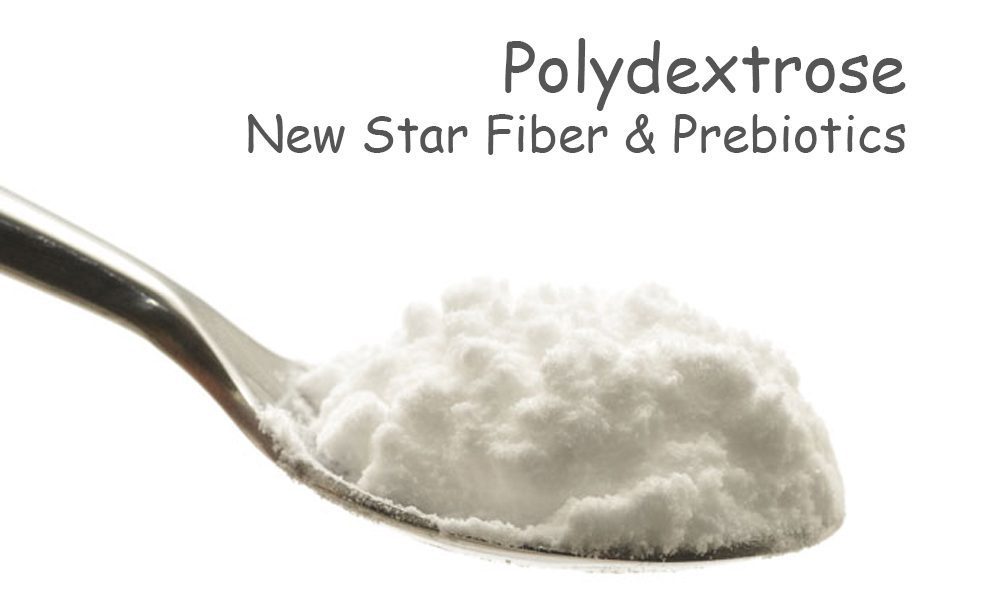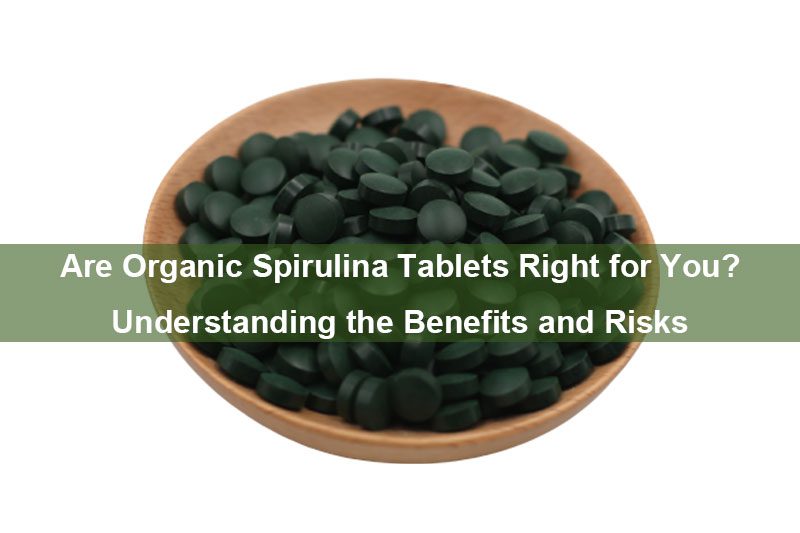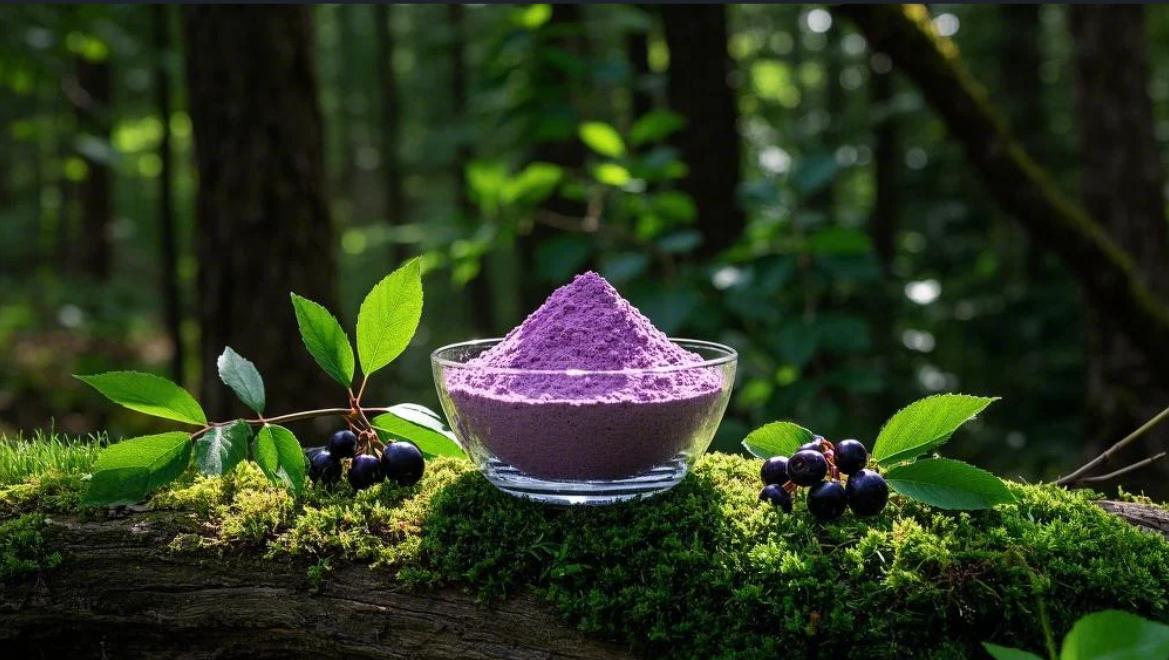Table of Contents
Polydextrose is a D-glucose polymer obtained by vacuum polycondensation after being prepared and heated into a molten mixture in a specific proportion with dextrose, sorbitol, and citric acid as raw materials. Polydextrose is a random polycondensate of D-glucose, which is mainly combined with 1,6-glycosidic bonds. The average molecular weight is about 3200, and the limit molecular weight is less than 22000. The average degree of polymerization is 20.

Polydextrose is a synthetic polymer of glucose. Polydextrose is an ideal dietary fiber and prebiotic with great taste and texture in low-calorie and sugar-free foods. It is a refreshing and versatile ingredient with high solubility, clarity, and process stability.
Polydextrose is white or off-white solid particles, easily soluble in water, with a solubility of 70%, the pH value of 10% aqueous solution is 2.5-7.0, and has no special smell. required water-soluble dietary fiber. After entering the human digestive system, it produces special physiological metabolic functions, thereby preventing constipation and fat deposition.
Here are the functional health benefits of polydextrose in food and beverages:
low calorie
Polydextrose is a product of random polymerization with many types of glycosidic bonds and complex molecular structures, which is difficult to biodegrade.
Polydextrose is not absorbed when it passes through the stomach and small intestine, and about 30% is fermented by microorganisms in the large intestine to generate volatile fatty acids and CO2, etc., about 60% is excreted from the feces, and the heat generated is only 25% of sucrose and 11% of fat. Due to the extremely low calorific value of polydextrose, it can rarely be converted into fat and will not cause obesity.
Adjust gastrointestinal function and promote the absorption of nutrients
Since dietary fiber helps balance the digestive tract, consuming a high-fiber diet is a key to maintaining a healthy digestive tract.
As a water-soluble dietary fiber, polydextrose can shorten the emptying time of food in the stomach, promote the secretion of digestive juice, facilitate the absorption and digestion of nutrients, shorten the time for the contents (feces) to pass through the intestine, reduce The pressure on the colon reduces the contact time between harmful substances in the intestine and the intestinal wall, promotes intestinal movement, and increases the osmotic pressure of the colon, thereby diluting the concentration of harmful substances in the gastrointestinal tract and promoting their excretion.
Therefore, polydextrose can effectively improve intestinal function, promote defecation, eliminate constipation, prevent hemorrhoids, alleviate poisoning and diarrhea caused by harmful substances, improve intestinal flora and assist in inhibiting cancer.
Prebiotics that regulate the balance of intestinal flora
Polydextrose is an effective prebiotic. After being ingested into the human body, it is not digested in the upper part of the gastrointestinal tract but is fermented in the lower part of the gastrointestinal tract, which is beneficial to intestinal beneficial bacteria (Bifidobacteria, lactis Bacillus) and inhibits harmful bacteria such as Clostridium and Bacteroides. Polydextrose is fermented by beneficial bacteria to produce short-chain fatty acids such as butyric acid, which lower intestinal pH and can help fight infection and reduce the risk of cancer. Thus, polydextrose can provide food formulators with prebiotic ingredients that benefit digestive tract health.
Lower blood sugar response
Polydextrose can improve the sensitivity of peripheral tissues to insulin, reduce the requirement for insulin, inhibit insulin secretion, hinder the absorption of sugar, and polydextrose itself is not absorbed, so as to achieve the purpose of lowering blood sugar levels, which is very suitable for diabetic patients. edible. The relative blood glucose response of polydextrose is only 5-7, while glucose has 100.
Promotes the absorption of mineral elements
The addition of polydextrose to the diet can promote intestinal calcium absorption, probably because polydextrose is fermented in the gut to produce short-chain fatty acids that acidify the intestinal environment, which increases calcium absorption. The research published in The Journal of Nutrition (2001) by Prof. Hitoshi Mineo from Japan showed that: with the increase of polydextrose concentration in the range of 0-100mmol/L, the calcium absorption of mouse jejunum, ileum, cecum, and large intestine increased. trend.
If you’re trying to give your kids less sugar if you’re looking for a better yet tasty yogurt if you’re looking for a healthy snack that helps with digestion. Try polydextrose.

